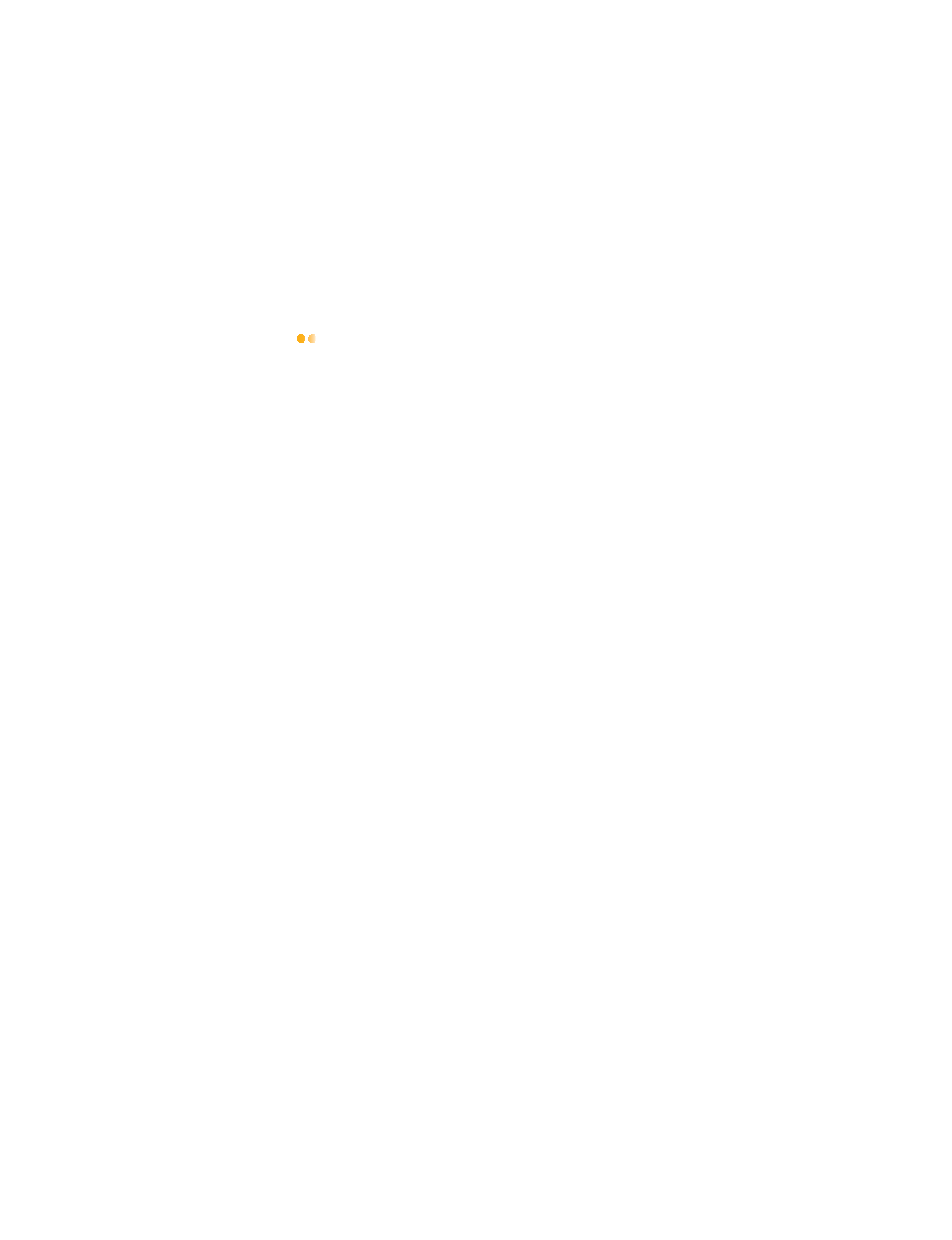
[ 10 ]
“SHG
S
,
SAVING
FOR
THE
PRESENT
,
SECURING
THE
FUTURE
”
Microfinance in
India 2016-17
The extent of participation can be gauged by the fact that at present more
than 100 Scheduled Banks, 349 DCCBs, 27 State Rural Livelihood Missions
and over 5000 NGOs are engaged in promoting Self Help Groups. The
programme owes this level of involvement to its ability to mobilise masses
of rural people, impress upon the Govt machinery and draw developmental
agencies of all hues and continue to draw upon the synergies with aplomb
even today. One look at the rural credit markets as it existed at the time of
launch of the pilot explains the appeal.
Till the 90’s large section of the rural population was unbanked and austerely
overlooked by the mainstream banking institutions. Most of them had to
take recourse to informal sources for credit because as compared to formal
sources, the informal sources have highly flexible terms and it is easy to obtain
loans for consumption needs and also for marriage and other purposes. With
least documentation and accessibility as well as availability at any time, the
village money lenders are the last resort to many ruralites whose needs are
emergent and they don’t hesitate to agree to pay exorbitant interest rates
during the hour of crisis without realising the deleterious consequences
that will follow at a later date like coercive recovery and taking over of the
productive assets thereby throwing them into abyss of poverty. Despite the
relentless efforts of Government of India and RBI in creating and supporting
enabling environment for increasing the outreach of formal financial services
to cover the marginalised population, informal sector continued to rule the
roost till quite some time.
The major cause was the information asymmetry that plagued the formal
banking system vis-à-vis the village money lender. What was needed was
to break the monopoly of door-step availability of credit by the informal
sources at the time of crisis. That’s where the Self Help Group concept
scored. It combined the flexibility and availability of informal sources with
the transparency of institutional credit.
1.1
1.2
Today, the SHG - Bank Linkage Programme (SHG - BLP) is the largest microfinance
programme in the world because of its sheer size and population it touches. What is equally
remarkable is that it is also the most widely participated developmental programme in the
country and perhaps in the world for the large number of channel partners, their grass root
workers, Govt agencies and banking outlets involved.
1.3


